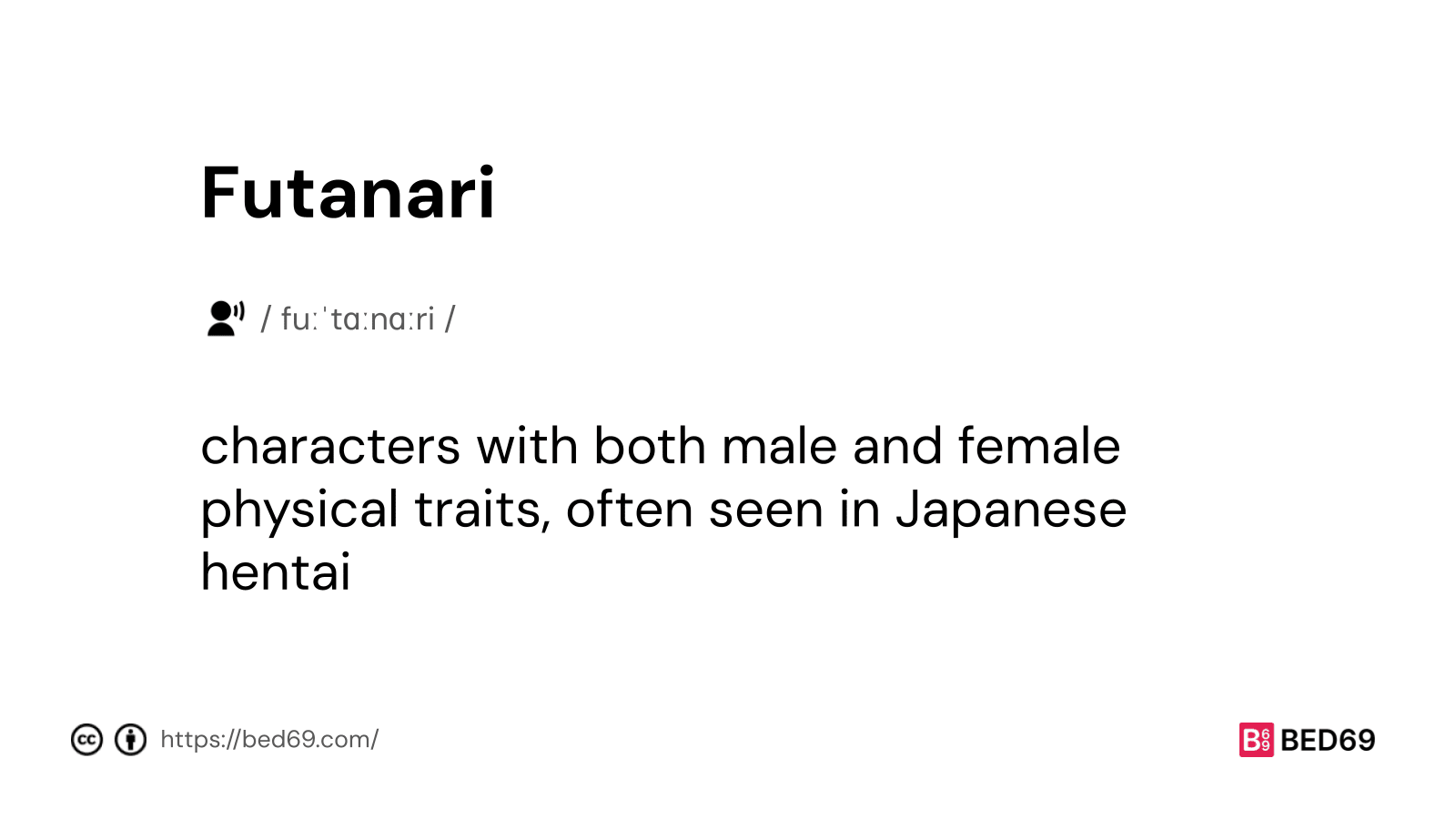What is Futanari?
Futanari are characters with both male and female physical traits, often seen in Japanese hentai. They possess feminine features, large breasts, small waists, and a penis or ambiguous genitalia. This genre’s appeal extends to those exploring diverse sexual interests and fantasies.
Futanari pronunciation: / fuːˈtɑːnɑːri /

What are the origins of Futanari
The term futanari finds its roots in Japanese culture, once referencing intersex and gender-fluid individuals. Ancient folklore spoke of people who could change genders with lunar phases, embodying both male and female traits. This traditional view evolved in the 1990s with the surge of futanari hentai, a genre featuring characters blending male and female physical attributes. These figures, often portrayed with exaggerated features, became central to popular anime and manga.
Influenced by American transgender porn, futanari characters are distinct for their dual physicality and sexual characteristics. While niche, futanari hentai has left a mark on mainstream anime, inspiring gender-bending narratives. Despite its explicit nature, futanari remains a significant aspect of animated erotica, appealing to diverse audiences globally. The term futanari, once linked to intersexuality, now epitomizes characters with feminine attributes and dual genitalia within a hentai context.
How is Futanari portrayed in modern media
In modern media, futanari characters are often depicted in hentai, anime, and manga with exaggerated feminine features like large breasts and small waists, combined with male genitalia. This portrayal caters to a niche audience interested in exploring unique sexual fantasies and diverse gender expressions. Futanari characters are distinct from transgender individuals or drag queens, as their primary focus lies on their dual physical attributes rather than gender identity.
The appeal of futanari characters extends beyond mainstream audiences, influencing various forms of entertainment with themes of gender-bending and fluidity. Despite being a niche genre, futanari hentai has gained popularity globally, shaping perceptions of sexual interests and fantasies. The depiction of futanari characters in modern media often blurs traditional gender boundaries, offering a space for creative exploration and expression of sexuality.
Through the lens of futanari characters, creators and audiences engage in a realm where traditional notions of gender and sexuality are challenged and reimagined. This portrayal reflects evolving perspectives on diversity and inclusivity in media, sparking conversations on the intersections of sexual identity, desire, and representation in contemporary culture.
Explore other interesting terms:
